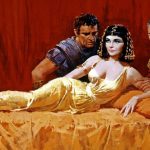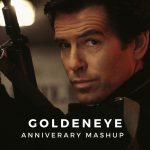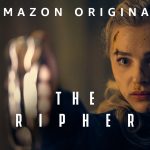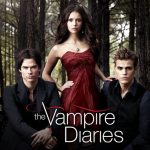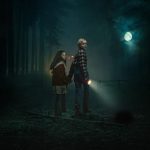Sleepy Hollow (1999)
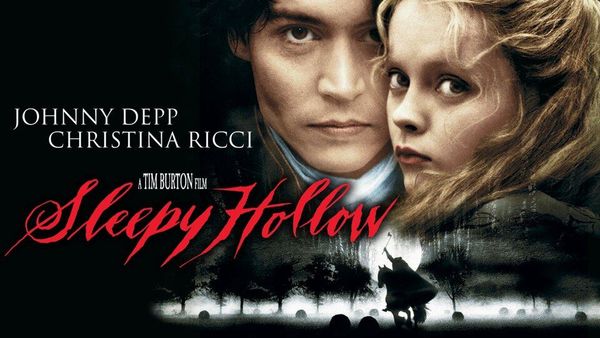
Tim Burton’s Sleepy Hollow, released in 1999, stands as a quintessential example of the director’s distinctive style—a gothic, macabre blend of horror and fantasy infused with his unique artistic vision. Adapted from Washington Irving’s classic short story “The Legend of Sleepy Hollow,” Burton’s film reimagines the tale with a fresh, visually arresting approach, turning it into a darkly enchanting cinematic experience. Set against the backdrop of an 18th-century New England village, Sleepy Hollow explores themes of fear, superstition, and the supernatural, all while showcasing Burton’s signature flair for the grotesque and the whimsical.
At the heart of Sleepy Hollow is a reimagined version of Irving’s protagonist, Ichabod Crane, portrayed with notable finesse by Johnny Depp. Depp’s Crane is a departure from the original character’s portrayal as a mere schoolteacher and aspiring suitor. In Burton’s film, Crane is a forensic investigator sent from New York City to solve a series of mysterious murders in the town of Sleepy Hollow. His role as a man of science, skeptical of the supernatural, contrasts sharply with the film’s gothic setting and the local villagers’ deep-seated beliefs in the supernatural.
The film’s plot centers on the infamous Headless Horseman, a spectral figure who decapitates his victims and terrorizes the town. This menacing figure is brought to life through Christopher Walken’s performance as the Horseman, whose chilling presence is amplified by extensive use of prosthetics and CGI. The Horseman’s quest for revenge adds a layer of intensity to the narrative, driving the plot forward and creating a palpable sense of dread.
Burton’s direction in Sleepy Hollow is marked by his characteristic visual style, which plays a crucial role in establishing the film’s gothic atmosphere. The cinematography, by Emmanuel Lubezki, utilizes a palette of muted, dark colors and stark contrasts to evoke a sense of foreboding. The film’s landscapes are shrouded in mist and shadows, creating a visually rich and immersive world that complements its eerie themes. The use of elaborate set designs and costumes further enhances the film’s period authenticity and gothic aesthetic, transporting the viewer to a macabre vision of late 18th-century America.

The film’s production design reflects Burton’s penchant for the surreal and the fantastical. The village of Sleepy Hollow, with its crooked houses, twisted trees, and dark, labyrinthine forests, is a character in its own right, embodying the sense of unease and danger that pervades the story. Burton’s artistic vision is also evident in the film’s use of practical effects and visual stylization, blending seamlessly with CGI to create a hauntingly beautiful and unnerving experience.
Danny Elfman’s score for Sleepy Hollow is another integral component of the film’s atmosphere. The music, characterized by its orchestral grandeur and eerie motifs, complements the film’s visual elements and enhances its gothic tone. Elfman’s compositions underscore the tension and drama of the narrative, creating an auditory experience that is both haunting and evocative.

The performances in Sleepy Hollow are notable for their depth and nuance, with Depp’s portrayal of Ichabod Crane standing out for its blend of curiosity, skepticism, and underlying vulnerability. Christina Ricci, who plays Katrina Van Tassel, adds an element of intrigue and romantic tension to the story. Her character, caught between Crane and her own familial loyalties, navigates the dark secrets of Sleepy Hollow with grace and complexity.
The film also delves into themes of fear and superstition, exploring how the supernatural can influence and shape human behavior. The villagers’ belief in the Headless Horseman and their responses to the murders reflect broader anxieties about the unknown and the impact of folklore on collective consciousness. Burton’s film captures the essence of these themes through its atmospheric storytelling and visual style, offering a modern take on classic gothic horror.

In conclusion, Tim Burton’s Sleepy Hollow is a masterful fusion of gothic horror, fantasy, and dark whimsy, showcasing the director’s unique artistic vision. Through its compelling narrative, distinctive visual style, and evocative score, the film brings Washington Irving’s classic tale to life in a way that is both faithful and refreshingly original. Burton’s interpretation of Sleepy Hollow stands out as a testament to his ability to blend the macabre with the fantastical, creating a cinematic experience that is as visually striking as it is narratively engaging. As a modern gothic tale, Sleepy Hollow continues to captivate audiences with its eerie charm and inventive storytelling, cementing its place as a standout entry in the genre.

